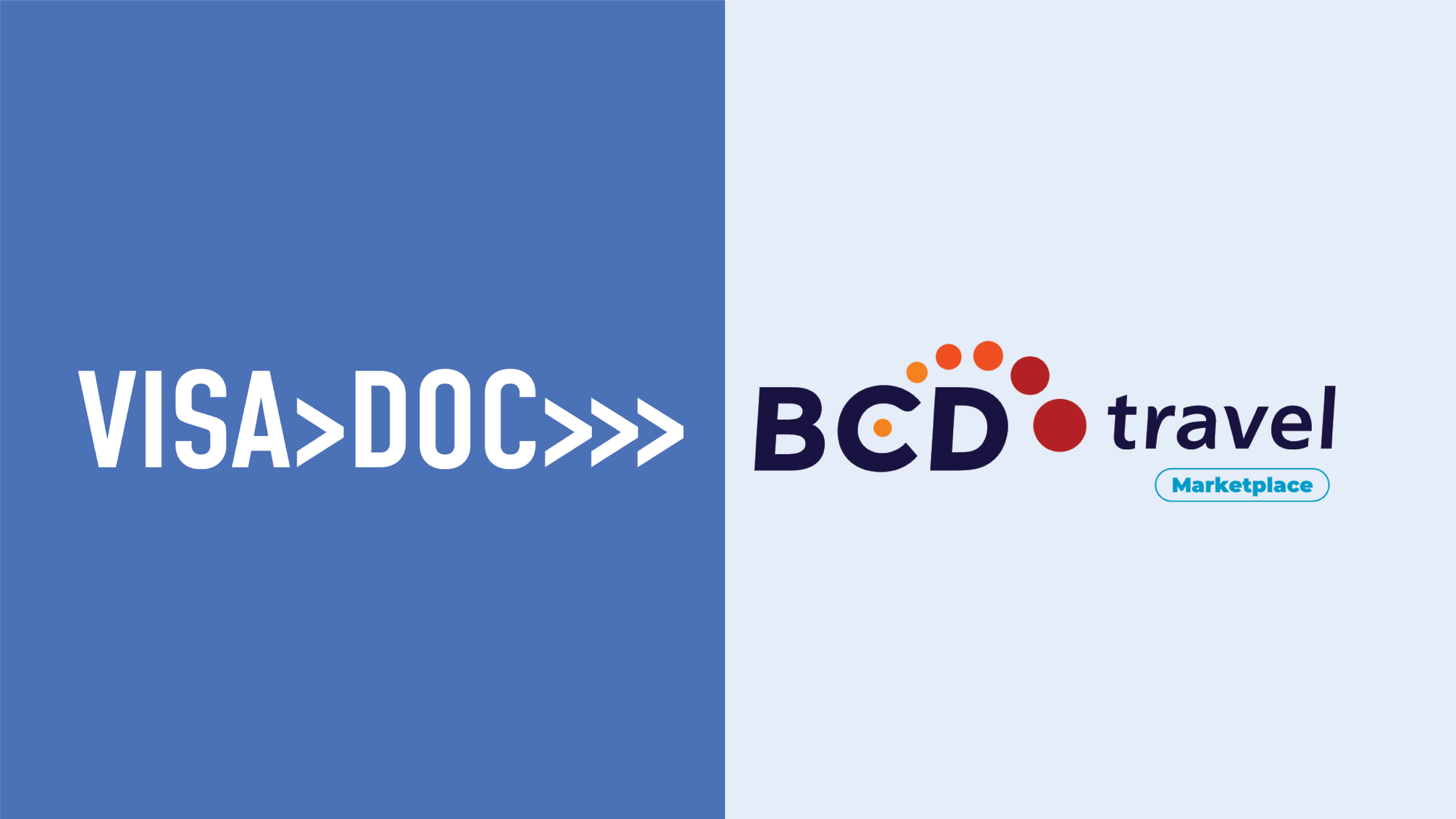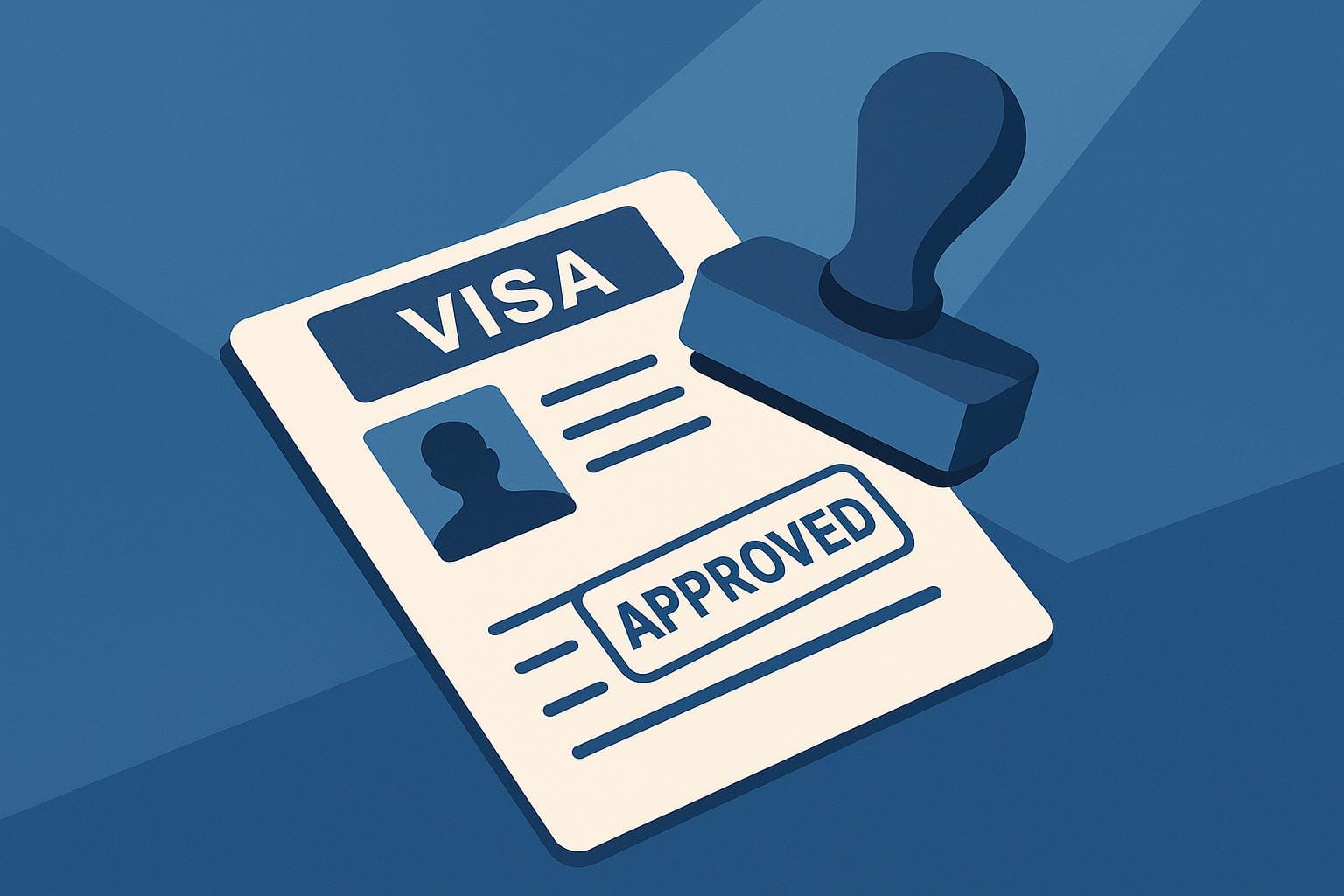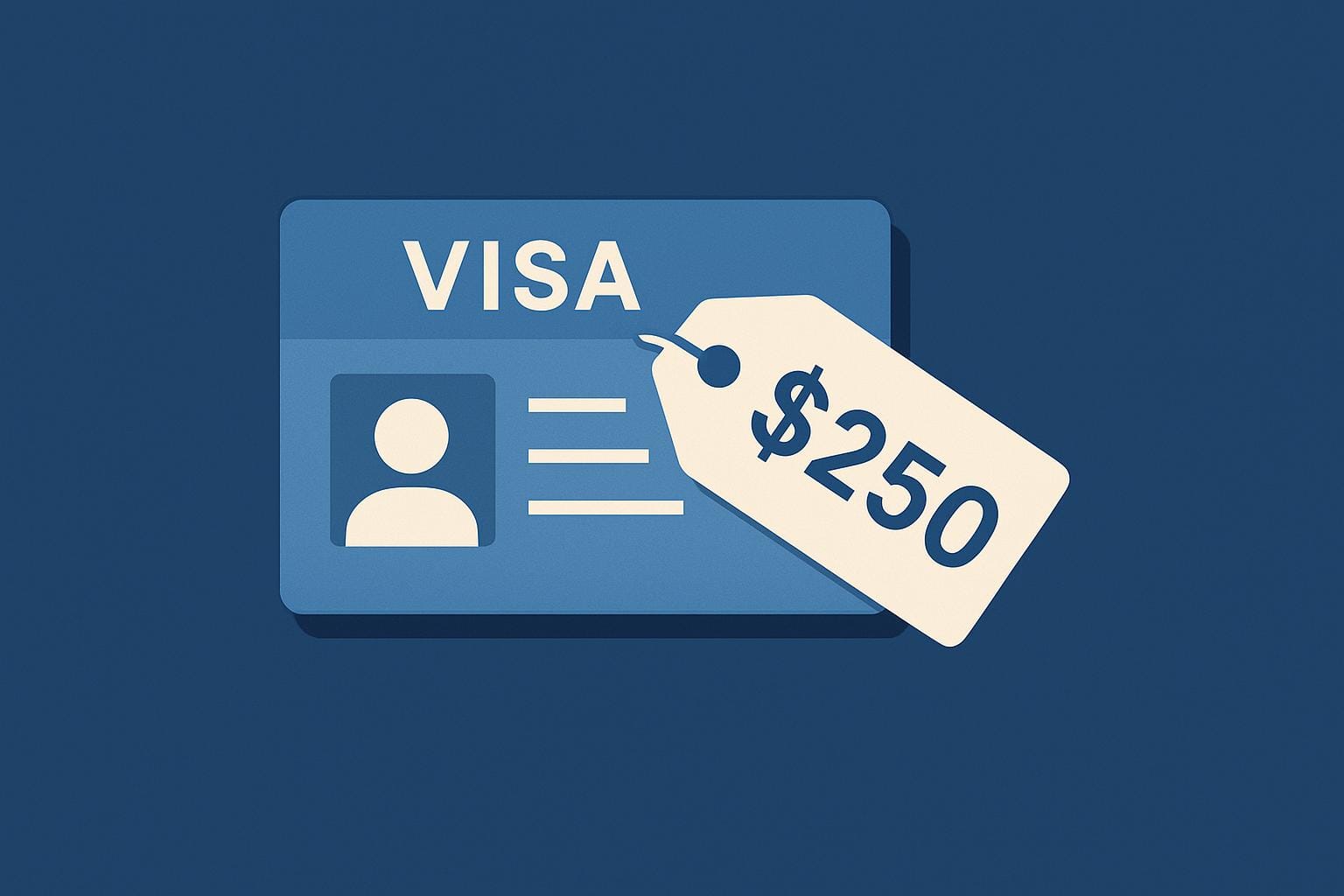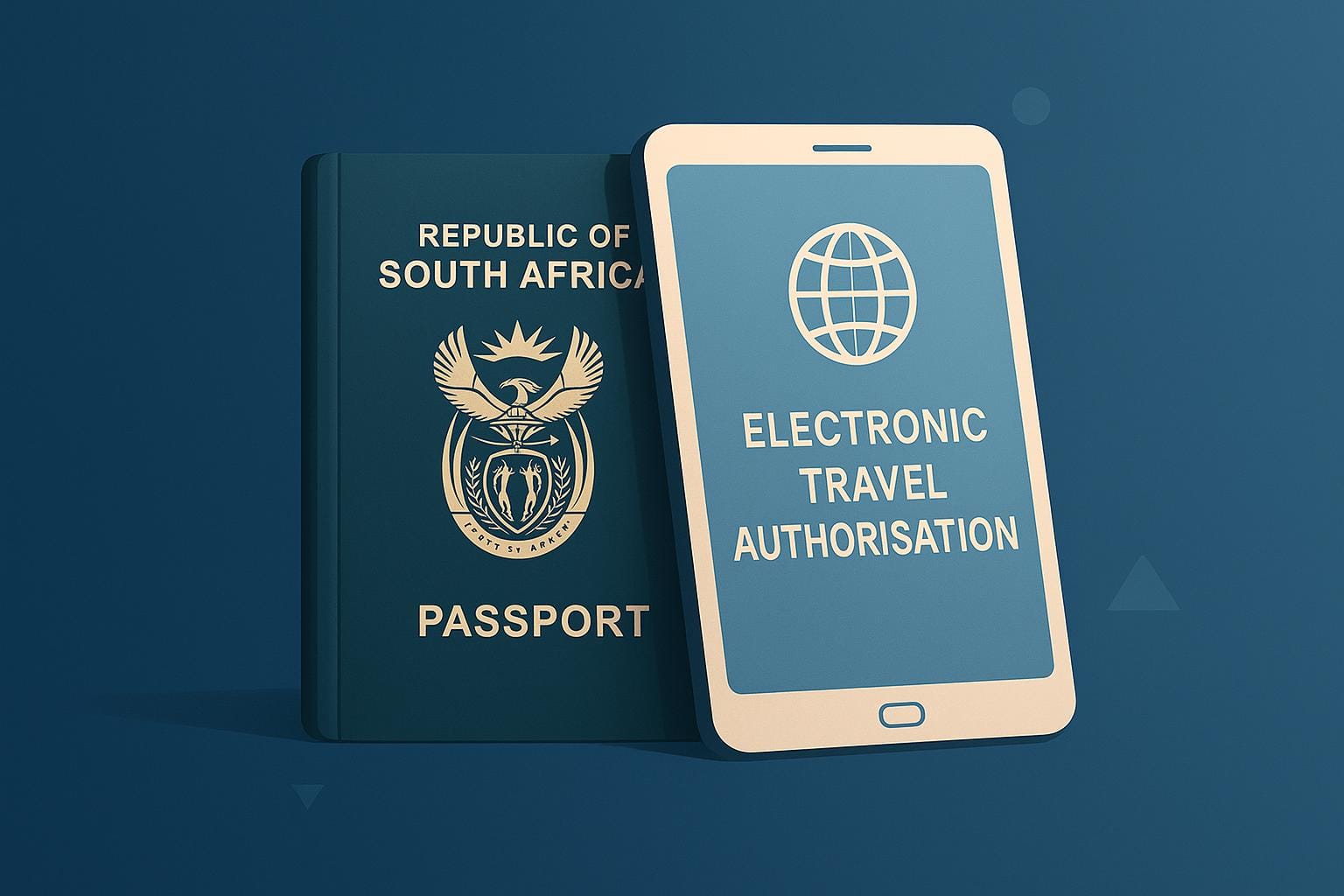Visa rejections can disrupt business plans and impact employees personally and professionally. Whether it's missing documents, incorrect visa types, or background concerns, understanding why rejections happen is the first step to resolving them. Here's how you can respond effectively:
- Analyse the refusal letter: Identify the reasons for rejection and any deadlines for appeals or reviews.
- Support your employee: Provide clear communication, reassurance, and practical tools like a Visa Rejection Response Kit.
- Choose the next step: Request an administrative review, file an appeal, or reapply with stronger evidence.
- Use technology: Automate document checks and compliance tracking to reduce future rejections.
Why Business Visas Get Rejected
Knowing why business visas are often rejected helps HR teams refine application processes and improve approval rates. By identifying common mistakes, organisations can make stronger future submissions.
Common Reasons for Rejection
Most business visa rejections fall into three main categories: problems with documentation, eligibility issues, and concerns about the applicant's background.
-
Documentation Problems
- Fake or unverifiable documents
- Missing or incomplete paperwork
- Lack of financial proof to cover the trip
-
Purpose and Eligibility Issues
- Applying for the wrong visa type
- Unclear or vague business purpose
- Insufficient details about the intended stay
- Weak evidence of ties to the home country
-
Background Concerns
- Poor or questionable travel history
- Past immigration violations
- Lack of confidence during visa interviews
- Inadequate proof of employment
| Rejection Category | Common Issues | How to Avoid Them |
|---|---|---|
| Documentation | Missing or unverifiable documents | Double-check the document list and verify details |
| Financial Proof | Insufficient or unclear records | Submit clear bank statements and sponsorship letters if needed |
| Purpose of Visit | Vague or incorrect visa type | Clearly outline business goals and choose the right visa |
| Employment Verification | Weak proof of employment | Attach detailed contracts and official company letters |
Once a visa is denied, reviewing the refusal letter is crucial to understanding the reasons.
Analysing the Refusal Letter
The reasons for rejection are usually detailed in the refusal letter. Carefully reviewing this document can help you identify what went wrong.
-
What to Look For
- Specific paragraphs explaining the reasons for rejection
- References to immigration rules or regulations
- Deadlines for appeals or submitting additional information
- Requirements for any supplementary documentation
-
Next Steps
- Take note of all reasons mentioned
- Compare them against your original application
- Identify gaps or missing evidence
- Pay attention to any deadlines for further action
First Steps After a Visa Rejection
Informing Employees About the Rejection
Arrange a private meeting as soon as possible to discuss the situation. During the meeting:
- Share the reasons for the refusal as outlined in the official letter.
- Clearly outline the available options moving forward.
- Offer reassurance about continued employment support.
- Set realistic expectations for the next steps.
After the meeting, send a follow-up email summarising the discussion and the agreed action plan.
Keeping Accurate Records of the Rejection
It's crucial to keep detailed records of the visa rejection. Include the following:
| Item | Details to Record | Purpose |
|---|---|---|
| Refusal Letter | Date received, reference numbers, reasons for refusal | For documentation |
| Application Information | Submission date, visa type, supporting documents | To track application history |
| Timeline | Key dates and deadlines for appeals or reviews | To manage the process |
| Response Plan | Agreed actions and assigned responsibilities | To monitor next steps |
Providing incorrect information in future applications could lead to a ban from entering the UK for up to 10 years. Ensure all records are stored securely and accessible to the right team members.
With these records, you can stay on top of deadlines and ensure a well-organised response.
Meeting Response Deadlines
Time-sensitive deadlines must be followed carefully:
- Submit an Administrative Review within 14 days, ensuring each point in the refusal is addressed with new evidence.
- If eligible, file an appeal within 28 days (deadlines can vary, so double-check).
- For a new application:
- Address all reasons for the previous refusal.
- Include detailed and comprehensive supporting documents.
- Plan around business schedules and timing.
When preparing to reapply, tackle each refusal reason with thorough evidence and set internal deadlines well before the official ones.
These steps create a clear and organised approach to handling the rejection effectively.
What to Do Next: Review, Appeal, or Try Again
Requesting an Administrative Review
If you spot errors in your visa rejection, you can request an administrative review. To do this, submit your request within 28 days of the decision and pay the £80 fee. The review process usually takes up to 12 months. Keep in mind that submitting a new visa application during this period will cancel your review request. If the review doesn’t fully resolve your issue, you can move on to filing an appeal.
Filing an Appeal
When filing an appeal, include your full name, passport number, contact details, application date, refusal date, and clear counter-arguments. Make sure your letter addresses each refusal point, backed by updated and relevant evidence to strengthen your case.
Making a Stronger Application
If you decide to reapply, focus on improving your application. Provide updated and stronger supporting evidence, highlight any changes in your circumstances since the previous application, and consider seeking expert immigration advice. Make sure to address every issue raised in the previous refusal.
Options at a Glance
| Option | Timeline | Cost | Best Suited For |
|---|---|---|---|
| Administrative Review | 12 months or more | £80 | Clear administrative errors |
| Appeal | Varies by embassy | Varies | Cases needing strong counter-evidence |
| New Application | Standard processing | Full visa fee | Situations with significant new evidence |
For nonimmigrant visas (except 221(g) refusals), a fresh application is usually required to present your case again. Supervisorial reviews add another layer of scrutiny, where a supervisor may uphold the denial, seek an advisory opinion, or reassess the decision.
Employee Support Methods
After addressing procedural responses, providing ongoing support to employees is crucial for maintaining their confidence and ensuring smooth operations.
Direct Employee Support
When dealing with visa rejections, approach the situation with structured empathy. Designate an immigration liaison within the HR team to offer consistent guidance and reassurance. This person should stay in regular contact with affected employees to provide clarity and support.
Establish a clear communication plan to handle these situations effectively:
- Explain the reasons for the visa refusal and outline the next steps clearly.
- Provide regular updates on the timeline and progress of the appeal or reapplication process.
- Offer access to legal expertise when necessary.
| Communication Stage | Timing | Format |
|---|---|---|
| Detailed Review | Within 48 hours | Written report |
| Action Plan | Within 72 hours | Strategic document |
| Progress Updates | Weekly | Email or video call |
In addition to direct support, provide employees with practical tools to help them handle the challenges that follow a rejection.
Building Support Tools
Develop straightforward resources to help employees navigate the post-rejection process. Standardised materials can address common concerns and provide step-by-step guidance.
Here are a few tools to consider:
-
Visa Rejection Response Kit
A comprehensive guide that explains the reasons for rejections, outlines the appeal process, and includes a checklist for required documentation. Ensure this guide is updated regularly to reflect current regulations. -
Educational Resources
Conduct regular training sessions to cover essential topics such as:- Preparing accurate documentation
- Tips for visa interviews
- Common mistakes to avoid
- Options for alternative work arrangements during the appeal process
-
Digital Support System
Use a centralised platform where employees can:- Access visa-related resources
- Track the progress of their appeal
- Submit additional documents
- Schedule consultations with HR for personalised support
Finally, prepare contingency plans like remote work options to ensure business continuity while employees resolve their visa issues. This approach helps both the organisation and employees stay productive during challenging times.
Using Technology to Reduce Rejections
Technology simplifies visa applications and helps lower the risk of rejections. By using digital platforms and automation, organisations can make their visa processes more efficient and accurate.
Benefits of Digital Visa Platforms
Digital visa management platforms help ensure accurate documentation and timely submissions. Here are some key features:
- Automated document checks to identify errors before submission
- Real-time compliance tracking across different jurisdictions
- Centralised storage for easy access and updates
- Automated deadline reminders with customised notifications
Studies show that automation can handle up to 90% of the visa process.
Linking Visa Platforms with HR Systems
Connecting visa management tools to existing HR systems creates a smoother process, improving both accuracy and efficiency. This integration offers several advantages:
| Feature | How It Improves Visa Success |
|---|---|
| Unified data | Removes inconsistencies between systems |
| Live updates | Keeps employee information up to date |
| Compliance tracking | Ensures regulations are consistently met |
| Simplified workflows | Avoids delays in processing |
Take Noah Mobility as an example. Their integrated platform lets employees manage applications and track compliance in real time, reducing costs and lowering the chances of non-compliance. This kind of integration also supports specialised tools that further cut rejection risks.
VisaDoc Tools

VisaDoc offers advanced tools to prevent rejections, including AI-driven analytics, thorough document verification, tailored application plans, and real-time compliance checks. These features work together to create a reliable system that balances automation with human oversight. Whether handling one or multiple applications, this approach ensures smoother management.
This use of technology marks a major step forward in managing international mobility, improving accuracy and compliance in visa processing.
Conclusion
Managing visa rejections effectively requires a combination of personal support and smart use of digital tools. Organisations that tackle these challenges head-on can improve approval rates and help employees feel more secure during the process.
Key steps include carefully reviewing the refusal letter, keeping detailed records, and ensuring clear communication throughout. Providing employees with clear instructions on application requirements and access to a dedicated immigration contact can simplify the process and ensure compliance with regulations.
Digital tools play a crucial role by automating verification, tracking compliance, and centralising data. These features help minimise mistakes and make future applications more accurate and efficient.













